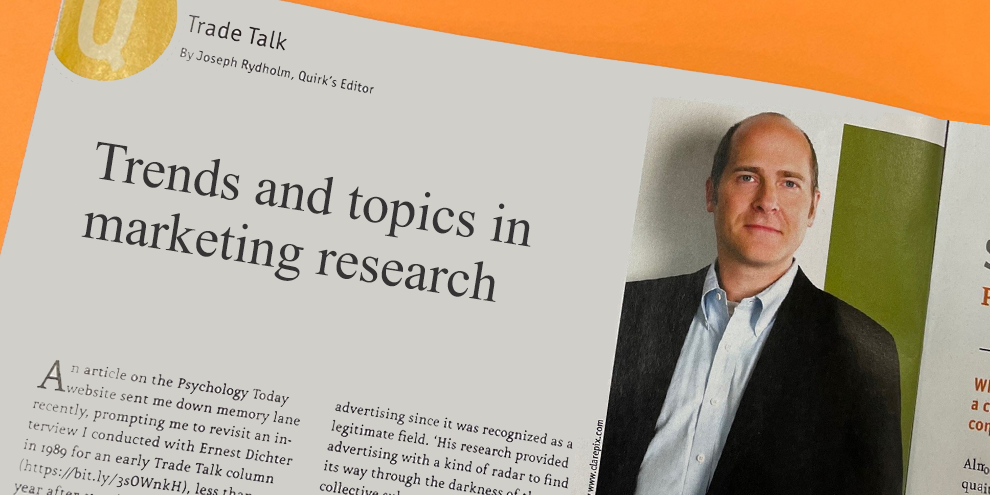The 2012 iteration of The Market Research Event, which took place last month in Boca Raton, Fla., was full of the usual stimulating presentations. As they do at other industry conferences, many well-meaning speakers exhorted client-side researchers to do more with less, to build internal teams, communicate results to stakeholders across the company, gamify the process, bring creativity to their research presentations and demonstrate the value of the insights function.
Those are worthy ideas but what is often missing is a roadmap to actually do any of them.
That’s why I found Jeremy Murrell’s talk so exciting. Murrell, director, center of research excellence at Brown-Forman, a Louisville, Ky.-based wine and spirits maker, needed just 45 minutes to show how he and his team did all of the above – and more.
Pooling their resources, their data and their various spheres of expertise, groups within Brown-Forman worked to bring a crucial consumer segment – Millennials – to brilliant life last year, within the very halls of Brown-Forman.
With data from two Brown-Forman ethnographic studies of Millennials as a basis, Murrell and his co-workers crafted a story as a way to better communicate the findings from various internal research efforts. They incorporated other available internal information on drink trends, for example, and also drew from social media-generated data.
In addition, they did ethnography with another group of Millennials, some of whom agreed to have their photographs taken, from which life-sized cardboard cutouts were created. The teams constructed fake Facebook pages for representative male and female Millennials and filled them with references to all of the cultural touchstones currently popular with that cohort to give each “character” more depth.
Then, they went to the design group and told them of their grand plan: to re-create and portray the story they had devised (involving a group of Millennial friends gathering to welcome another friend who is returning home for a visit), using the cutouts and setting up several rooms and accompanying vignettes to show a bar scene, a retail scene, an apartment scene, etc.
The design group recruited friends who create sets for local theater companies to build the rooms and furniture and other fixtures – all from white cardboard that was hand-drawn into fun, faux versions of the real things. Written descriptions and narratives (along with strategically-placed pathways of tape on the floor) helped visitors navigate the scenes. (You can watch a short video on the whole process at http://tinyurl.com/3lsx9rv.)
Once the sets were finished, Murrell and his team led customized tours for groups throughout Brown-Forman, going beyond the expected audiences for consumer insights by inviting members of the R&D, production and finance departments, for example, to build bridges with internal groups that may not have thought about consumer insights as being valuable to them.
Scavenger hunts for interesting data points were held, with prizes going to those who could uncover hidden bits of information (such as a factoid hidden in a pizza box) and demonstrate what they had learned.
The project was such a success that the CEO cancelled a dinner with the board of directors and instead had the board dine at the exhibit to see firsthand how the firm is incorporating consumer insights. (After Murrell relayed this anecdote, the room erupted in spontaneous applause.)
Following a successful two-month run, the exhibit was refreshed in November and December to help the various teams understand holiday consumption habits and other related insights. Going forward, Murrell said, considerations include taking the idea global to better understand consumers around the world and also incorporating more technology into the vignettes.
The kicker? The entire undertaking cost $7,500. Talk about doing more with less.
